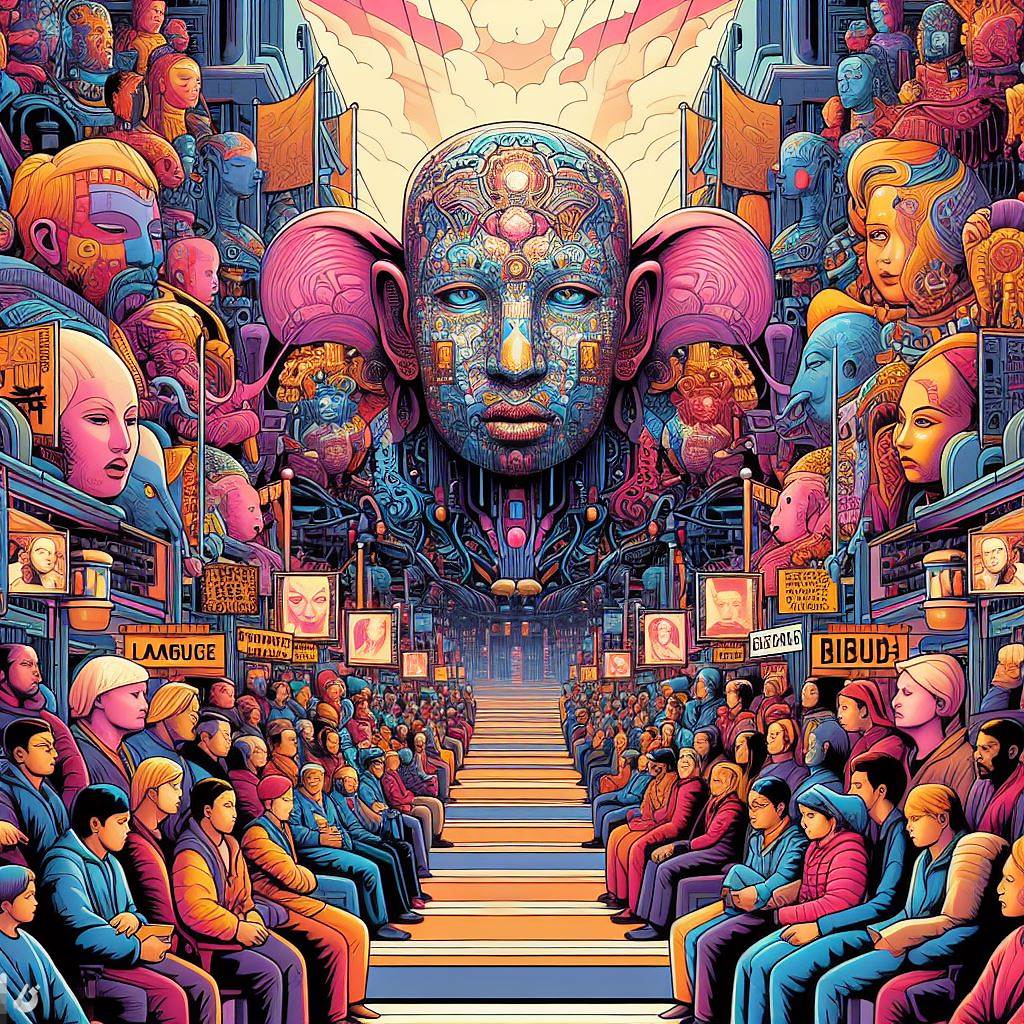
In a groundbreaking study, researchers from the University of Michigan have delved into the intricate world of artificial intelligence, shedding light on biases within OpenAI's CLIP (Contrastive Language–Image Pretraining). The study reveals a significant flaw: CLIP's poor performance in accurately interpreting images depicting low-income and non-Western lifestyles, posing potential threats to the pursuit of inclusive AI applications.
Led by Joan Nwatu, a doctoral student in computer science and engineering, the research team evaluated CLIP's performance using Dollar Street, a diverse global image dataset curated by the Gapminder Foundation. The dataset encompasses over 38,000 images from households across Africa, the Americas, Asia, and Europe, with monthly incomes ranging from $26 to nearly $20,000.
The study indicates that CLIP, a foundational model for AI applications like OpenAI's DALL-E image generator, exhibits biases that can perpetuate inequality. The researchers found a correlation between CLIP scores and household income, with images from higher-income households consistently receiving higher scores compared to those from lower-income households.
Furthermore, the study reveals a geographical bias, with low-income African countries receiving lower CLIP scores. This geographic bias not only raises concerns about diversity in large image datasets but also highlights the potential underrepresentation of low-income, non-Western households in applications relying on CLIP.
"During a time when AI tools are being deployed across the world, having everyone represented in these tools is critical. Yet, we see that a large fraction of the population is not reflected by these applications—not surprisingly, those from the lowest social incomes. This can quickly lead to even larger inequality gaps," warns Rada Mihalcea, the Janice M. Jenkins Collegiate Professor of Computer Science and Engineering at the University of Michigan.
The implications of these biases are far-reaching. If used in applications such as image screening, CLIP could inadvertently exclude images from lower-income or minority groups, erasing the diversity painstakingly included by database curators.
To address these issues, the researchers propose actionable steps for AI developers:
Invest in Geographically Diverse Datasets: Encourage the use of datasets that encompass diverse backgrounds and perspectives, bridging the gap in understanding across demographics.
Define Inclusive Evaluation Metrics: Develop evaluation metrics that consider location and income, ensuring that AI models are assessed based on their ability to serve all demographics.
Document Demographics of Training Data: Transparency is crucial. AI developers should document and disclose the demographics of the data on which their models are trained, empowering the public to make informed decisions about the tools they use.
As technology continues to shape our world, the findings of this study serve as a stark reminder of the responsibility that comes with developing and deploying AI tools. In the quest for progress, ensuring equity and inclusivity must be at the forefront of technological advancements.